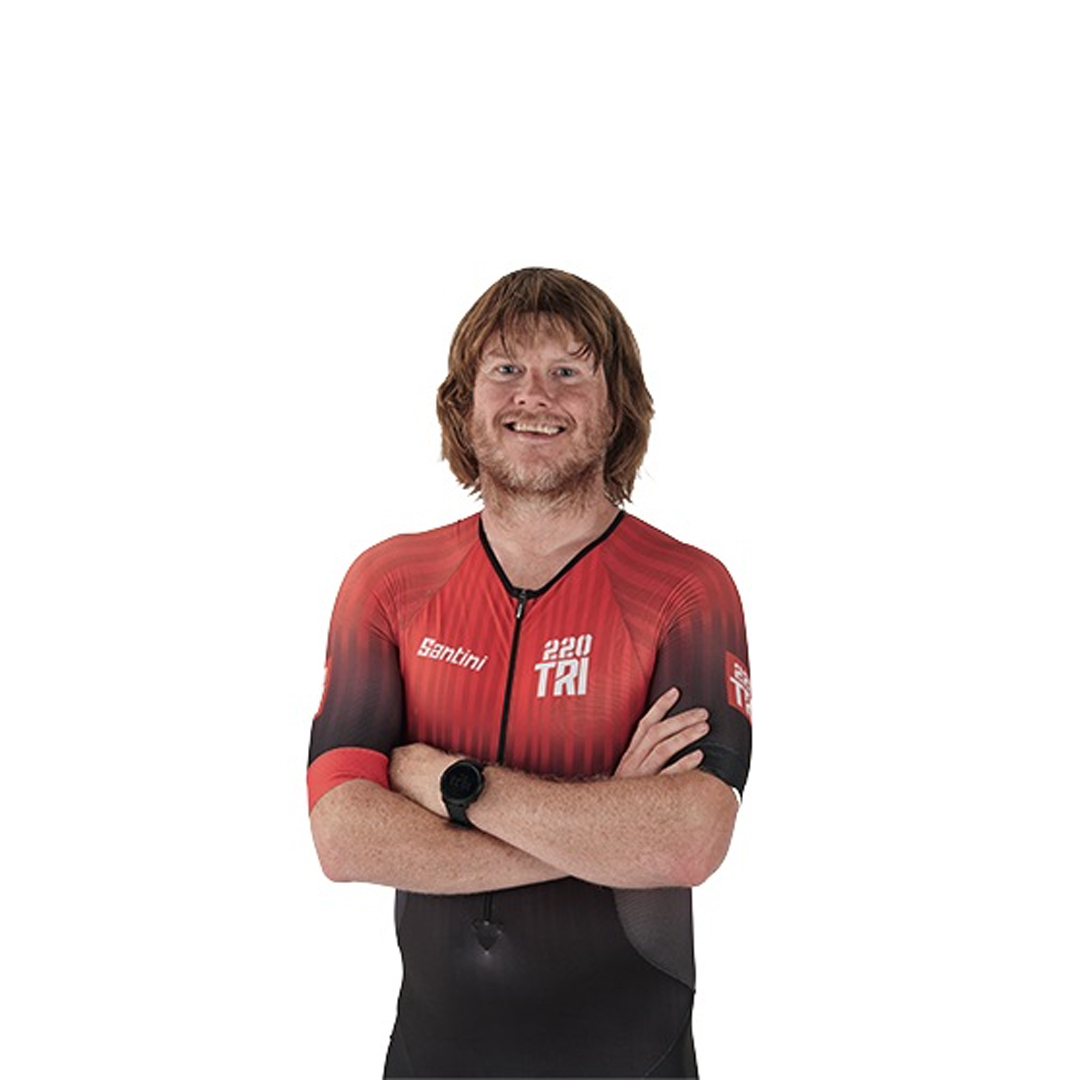One minute you’re horizontal, nestled into your duvet. The next, the alarm goes, you stumble into the vertical, slip bleary-eyed into your run apparel and shoes… and send your heart rate from a sleepy 60 to over 150 within the time it takes a kettle to boil.
It’s a common scenario that has danger written all over it – and it should be avoided at all costs.
“Regardless of the discipline, a warm-up is essential in preparing the cardiovascular and respiratory systems, and muscles, for training and competition,” says David James, professor of exercise science.
It’s widely accepted that raising muscle temperature improves performance, with a study in the 1980s showing a 4% increase in power output per 1°C rise in muscle temperature.
A 3-4°C rise is thought optimal, from 10-20mins of increasingly intense exercise.
“The cardiovascular and respiratory systems also both require warming up to ensure matching of blood supply (perfusion) and fresh air supply (ventilation) in the lungs,” adds James.
“The heart needs to warm up to deliver the required cardiac output, and needs a good supply of freshly oxygenated blood to sustain the cardiac work rate.”
Not just physical
Your neural system also appreciates a wake-up call. For instance, if you’re in stage five of sleep (or REM), your muscles are in a temporary paralytic state. Being woken in this stage and forcing the muscles straight into exercise increases your chances of muscle strain.
Warming up mentally engages you for the upcoming activity and improves motor control – particularly important in technique-heavy disciplines like swimming.
Repeating the swim stroke on dry land, for example, reminds your neurological system of the technique before the pressure cooker conditions of the race.
“You should also include a race plan that you can visualise before the start,” says Fran Bungay, coach at Goal Specific.
“You know you’ll be knocked, the water will be choppy, bodies will be everywhere and you’ll get out of breath rapidly, so picture this and you’ll be more prepared come the higher intensity.”
Timing the warm-up
Timing the warm-up is crucial. If there’s a two-hour gap between your warm-up and your start time, muscle temperature will drop, metabolic rate will fall and those efforts will be wasted. But with race briefings or checking over your transition, a break may be unavoidable, so the aim is to keep it to a minimum.
Research by exercise physiologist Daniel West compared post-warm-up recovery periods of 45mins and 20mins on 200m freestyle performance in international swimmers.
It showed that while core temperature had returned to baseline after 45mins, they remained elevated after 20mins. That led to a 1.5% boost in performance, despite 40% of the warm-up-associated rise being lost in the 20min window.
What this highlights is the importance of maintaining increased temperature. For triathletes, the insulation of a wetsuit helps.
“Keeping your head and feet warm is important,” says Bungay. “A wetsuit cap beneath your swim cap will provide further warmth.” This heat retention is even more important in colder climes and early-season races in the UK.
Effort, drills, stretch
How you increase your metabolic rate is an individual thing – some like a stint on a turbo trainer, others prefer bodyweight exercises. When it comes to races, however, GB elite Tom Bishop has his own recommendations:
“I do two warm-ups. The first is when I wake up before breakfast. I go for a 15-20min jog, followed by run drills and stretching. Prior to the race, I swim easy for 10mins with drills and then finish off with five sprints of about 10secs each to prepare for the fast start. When that’s finished I put on as many clothes as possible to stay warm.”
Two warm-ups may seems a touch elaborate, but a burst of high-intensity exercise early on stimulates the release of testosterone that will continue to have positive performance effects throughout the day.
The benefits of stretching continue to be a divisive issue for triathletes. Back to Professor James.
“My advice is to not attempt any stretches that aren’t part of a normal stretching routine. Slow static stretches, rather than quick (ballistic) actions, are better as part of an endurance sport warm-up – just make sure muscles and joints have been subjected to low-intensity exercise first.”
For Bungay, the advice includes using resistance bands tethered to a tree, working the shoulders through 2 x 10-15 reps, as well as simple things like wetting the face and hands to acclimatise to cold water.
"And warm-ups should be undertaken whatever distance you’re racing, even Ironman.
“Ultimately, you should develop your own warm-up routine,” concludes Steve Casson, BTF Level 3 coach.
“But don’t fall into the novice trap of thinking you need to conserve all of your energy for the race or training. No warm-up will lead to sub-optimal performance.”
Top image credit: Janos Schmidt
